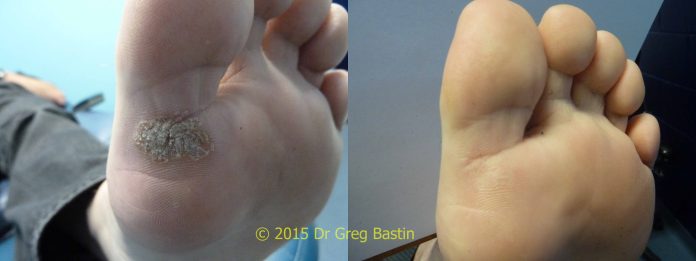Stubborn warts can be a persistent nuisance, often resisting traditional removal methods. In such cases, laser therapy emerges as a viable and effective alternative. This article explores the intricate details of how laser therapy contributes to the removal of stubborn warts, shedding light on its mechanism, benefits, and considerations.
Understanding Laser Therapy
The Basics of Laser Therapy for Wart Removal
Laser therapy, or laser ablation, is a medical procedure that employs focused beams of light to remove or destroy tissue. When applied to wart removal in Melbourne, the laser targets the blood vessels that nourish the wart, leading to its gradual withering and eventual elimination.
How Laser Therapy Works on Warts
Laser therapy for wart removal operates by creating intense heat. This heat effectively destroys the tiny blood vessels that supply nutrients to the wart. As a result, the wart loses its blood supply, causing it to shrink, die, and eventually fall off.
Benefits of Laser Therapy for Wart Removal
Precision and Targeted Treatment
One of the primary advantages of laser therapy is its precision. The focused light ensures that only the wart and its blood supply are affected, minimizing damage to surrounding healthy tissue.
Minimized Scarring
Compared to surgical removal, laser therapy often leads to less scarring. The controlled application of the laser allows for a more delicate and precise removal process, reducing the risk of significant scarring.
Reduced Pain and Discomfort
Laser therapy is generally well-tolerated by patients, with minimal pain or discomfort during the procedure. Local anesthesia may be applied, ensuring a more comfortable experience.
Minimal Downtime
Patients undergoing laser therapy for wart removal typically experience minimal downtime. Unlike surgical procedures, which may require more extended recovery periods, individuals treated with lasers can often resume their regular activities shortly after the session.
Considerations and Precautions
Not Suitable for All Wart Types
While laser therapy is effective for many types of warts, it may not be the ideal solution for every case. Consultation with a dermatologist is crucial to determine the wart type and the most appropriate treatment approach.
Multiple Sessions May Be Required
In some instances, multiple laser therapy sessions might be necessary for complete wart removal. The number of sessions depends on factors such as the wart’s size, type, and location.
Potential for Pigment Changes
Patients should be aware that laser therapy can lead to pigment changes in the treated area. This is a temporary side effect, and the skin typically returns to its normal color over time.
Conclusion
In the realm of wart removal, laser therapy stands out as an effective and innovative solution for stubborn cases. Its precision, minimal scarring, reduced discomfort, and quick recovery make it an appealing option for those seeking a reliable method to bid farewell to persistent warts. However, individual considerations and professional guidance are crucial factors in determining the suitability of laser therapy for wart removal. Consultation with a dermatologist can provide personalized insights and ensure the most appropriate course of action for achieving smooth, healthy skin.







